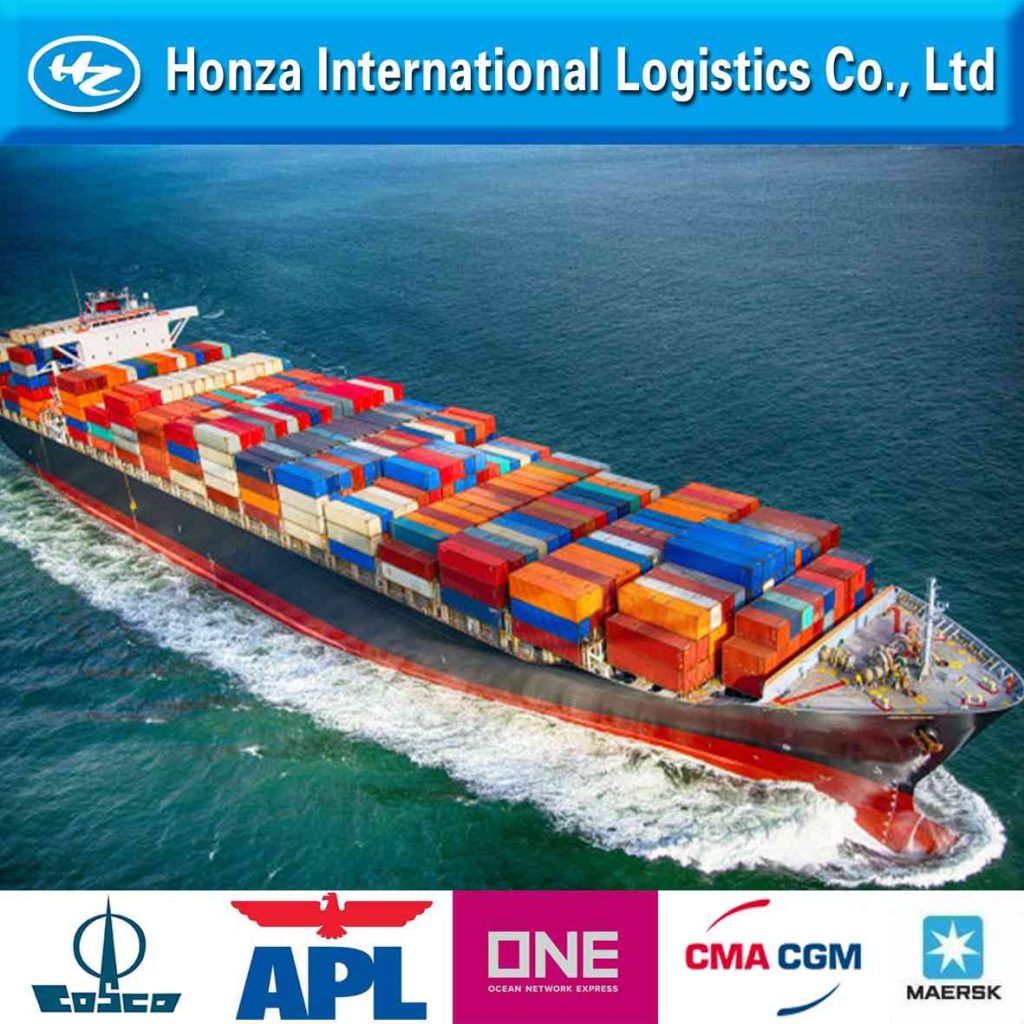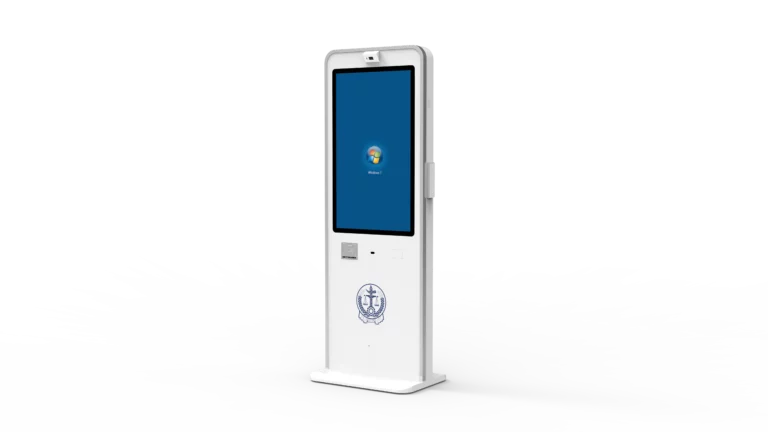目录
Sea freight, air freight, and express delivery: a global perspective on international logistics choices
In the globalized world of today, international logistics methods play an increasingly important role in our lives. Whether it’s for business transactions, cross-border operations, or just day-to-day life, we often need to transport goods from one place to another. The three most commonly used transportation methods are sea freight, air freight, and express delivery. Each method has its unique characteristics and scope of application.
I. Sea freight: the preferred choice for large-scale cargo International logistics
Sea freight, with its huge carrying capacity and low cost, has become the preferred choice for large-scale cargo transportation. Especially in international trade, sea freight is an indispensable link. A large cargo ship can carry tens of thousands of tons of goods, and sea freight is relatively economical for goods that are heavy, bulky, and of relatively low value.
However, sea freight also has its limitations. Firstly, it takes a long time. Although cargo ships have a large carrying capacity, their speed is relatively slow. It can take weeks or even months to complete long-distance transportation. Secondly, sea freight has limited adaptability to goods. As cargo ships need to navigate on the sea, there are high requirements for the stability and moisture resistance of the goods.

II. Air freight: fast but costly
Compared with sea freight, air freight’s biggest advantage lies in speed. Modern jet airliners can fly at near-supersonic speeds during long-haul transportation, making air freight the optimal choice for time-sensitive goods such as fresh produce, high-value commodities, etc.
However, air freight is also relatively costly. On the one hand, the fuel efficiency of planes is low, leading to high transportation costs. On the other hand, airport construction and maintenance costs, pilot and crew training expenses, etc., also add to transportation costs. Additionally, the carrying capacity of air freight is relatively small, making it unable to transport large quantities of goods like sea freight can.
III. Express delivery: fast and convenient small-package transportation
Express delivery is a fast and convenient method of small-package transportation. With the rise of e-commerce, express delivery has become an indispensable part of our daily lives. Whether it’s for online shopping, document delivery, or gift sending, express delivery can deliver items to their destinations in the shortest possible time.
The advantage of express delivery lies in its speed and convenience. Most express delivery companies can deliver items to their destinations within 24 hours or even shorter timeframes. Additionally, express delivery companies usually provide door-to-door pick-up and delivery services, saving customers time and effort. However, the cost of express delivery is also relatively high, making it suitable mainly for small, high-value items.
Choosing the appropriate international logistics method based on needs
When choosing an international logistics method, we need to consider factors such as the nature of the goods, quantity, destination, and time. Sea freight is suitable for large-scale, low-value goods with low time requirements. Air freight is suitable for small-scale, high-value goods with high time requirements; and express delivery is suitable for small, high-value goods with high time requirements.
In the globalized world of today, international logistics has become an indispensable part of our lives. Understanding the characteristics and scope of application of various transportation methods. Choosing the most suitable one based on actual circumstances is of great significance for improving logistics efficiency and reducing logistics costs.
0









